

Since March 1959, hunter education has been available to the youth of Illinois. Originating as an 8-hour program offered through sportsmen’s clubs in part through the National Rifle Association, by March 1970 there were 1,200 volunteer instructors in Illinois. Since 1976 the Illinois Department of Conservation (now Natural Resources, IDNR) has managed and overseen the Hunter Safety Education Program, funded through the Federal Aid in Wildlife Restoration Act, also known as the Pittman-Robertson Act.
Jeff Hopkins, IDNR Safety Education Administrator, explained that hunter safety education courses are taught throughout the state by IDNR certified volunteer instructors with a wide range of experience.
“The 10-hour course teaches more than firearm safety,” Hopkins explained. “The course is designed to teach the basics of hunting ethics and safety. In addition to hunter responsibility and ethics it covers equipment, field safety, first aid, tree stand safety, wildlife conservation, firearms, bowhunting, muzzleloading, wildlife conservation and identification, state regulations and more.”

In the nearly 61 years since the Illinois hunter safety education program was established times have changed. Technological advances allowed the implementation of online self-study (2007) and online certification courses (2017). And in 2019, a legislated change created the opportunity to offer the course through the Illinois school system.
“Some school districts—mostly those in rural settings offering courses on agriculture, conservation or natural resources—have incorporated hunter safety education as an extra curricula component with no academic credit given,” said Hannah Brewer, one of five regional safety education coordinators for IDNR. “Effective July 1, 2019 legislation (House Bill 3462) amended the School Code to allow school districts to include in their curriculum, either during the school day or as part of an after-school program, a for credit unit of instruction on hunting education that includes instruction on hunting safety.”
After a school board approves offering of the safety education course they may either work with an IDNR certified hunter safety education instructor who can set up an extra-curricular program, or a school educator can become a certified hunter education instructor.

“Interested teachers will need to submit an application to IDNR and take a course that covers program policies and procedures,” Brewer explained. “Because Illinois certified teachers have teaching and speaking experience, that component of the IDNR process can be waived depending on the experience of the teacher.”
Hopkins stressed the value of the ethics component of the course and how it overlaps with other aspects of life.
“The objective of the course is to teach future hunters to think safety and responsibility while in the act of hunting or at home,” Hopkins remarked. “Even if a participant never hunts they can learn some basics about firearms and bowhunting implements—most importantly where safeties are at, how to handle the implement and what to look for to know if it is loaded or unloaded. All people should have a basic understanding of how to handle firearms whether they are currently around them or not.”
“Teaching how firearms are meant to be used and the outcomes of them takes away some of the allure and mystery surrounding these implements,” Brewer remarked. “The course removes the curiosity that comes with them.”
Teaching materials are provided at no-charge to schools through the IDNR’s Federal Aid in Wildlife Restoration program administered by the Office of Law Enforcement Safety Education Section.
To explore incorporating the program in your school, contact the Hunter Safety Education Program.
Kathy Andrews Wright retired from the Illinois Department of Natural Resources where she was editor of OutdoorIllinois magazine. She is currently the editor of OutdoorIllinois Journal.






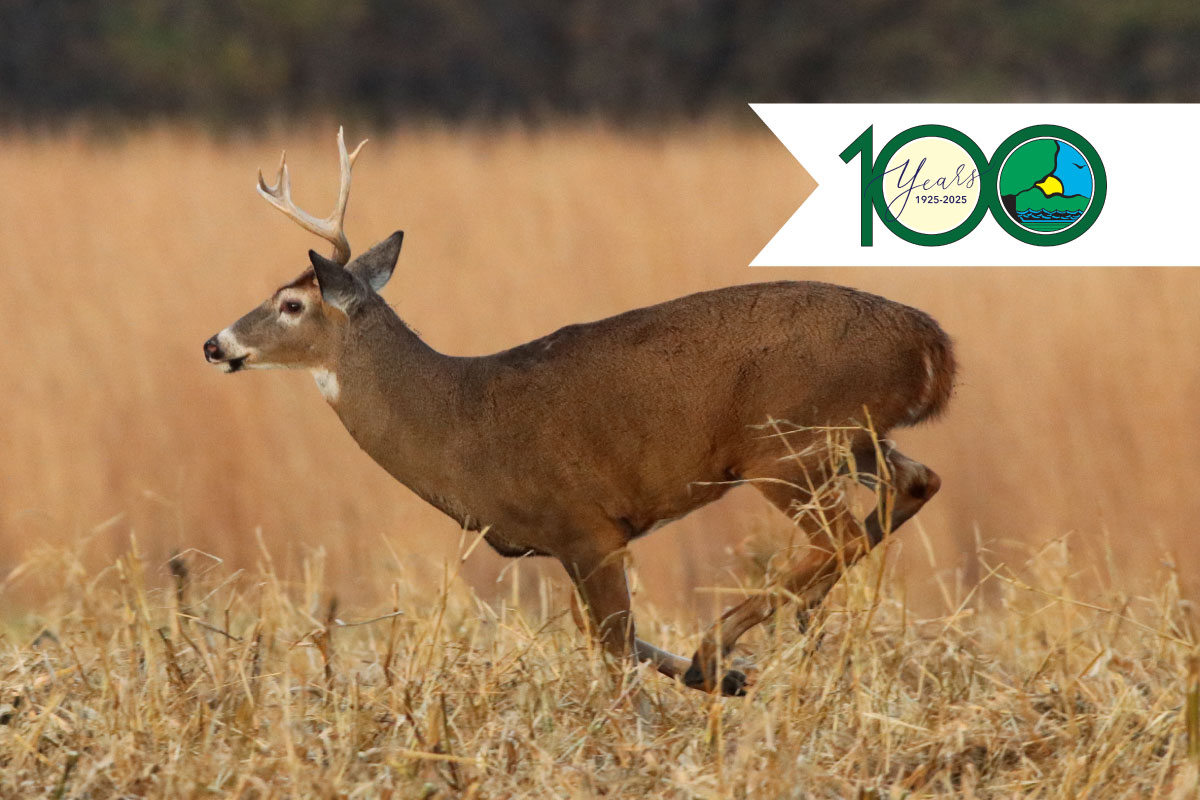

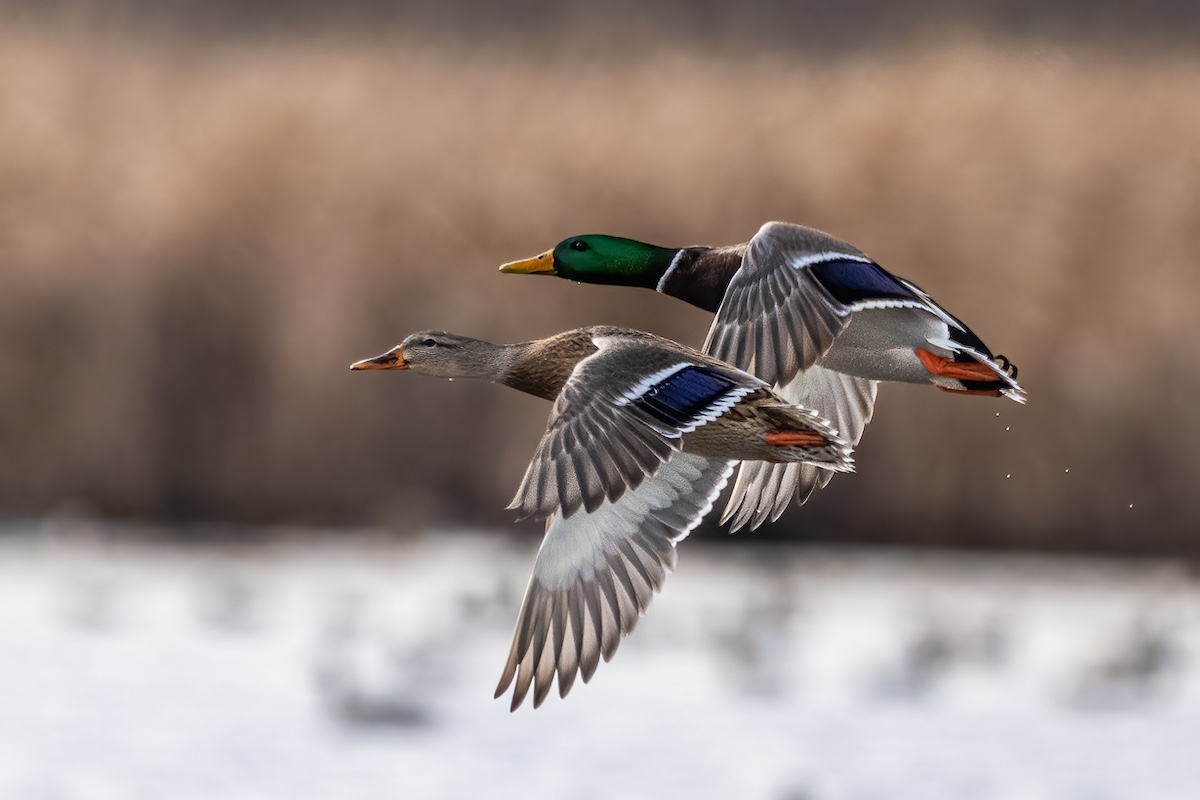
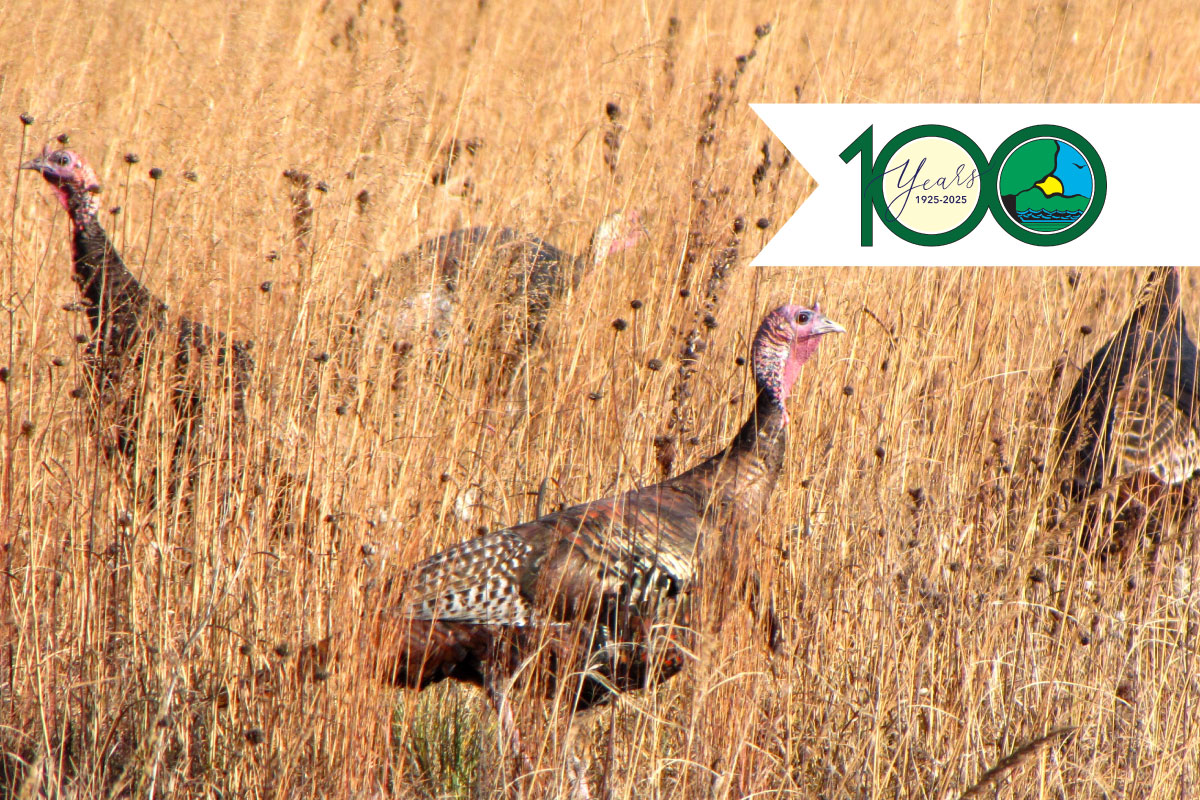
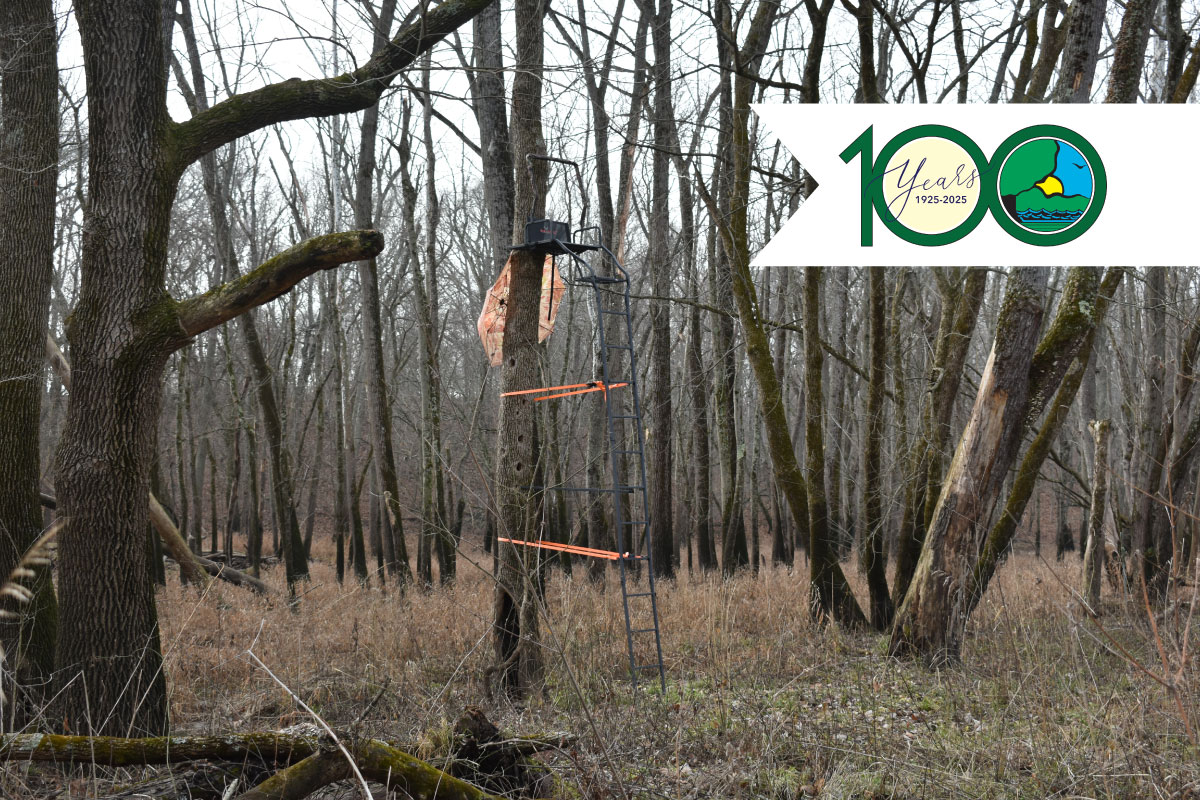


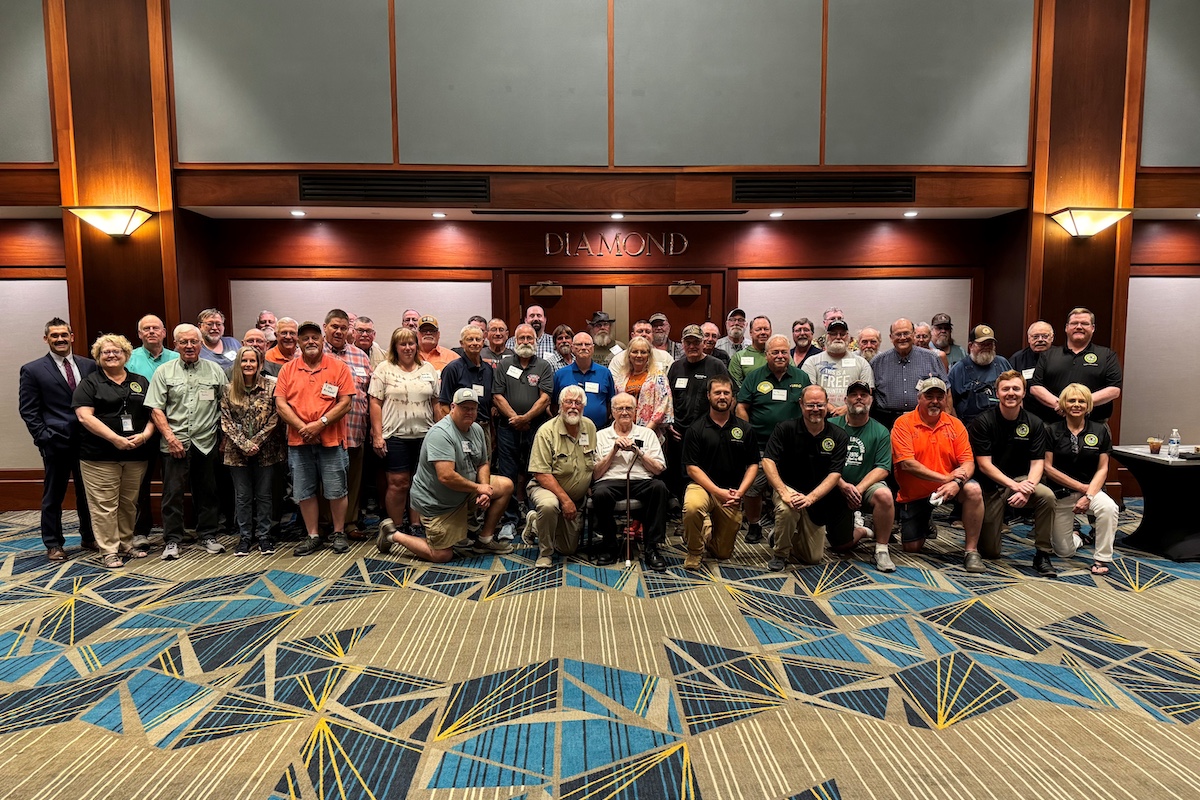
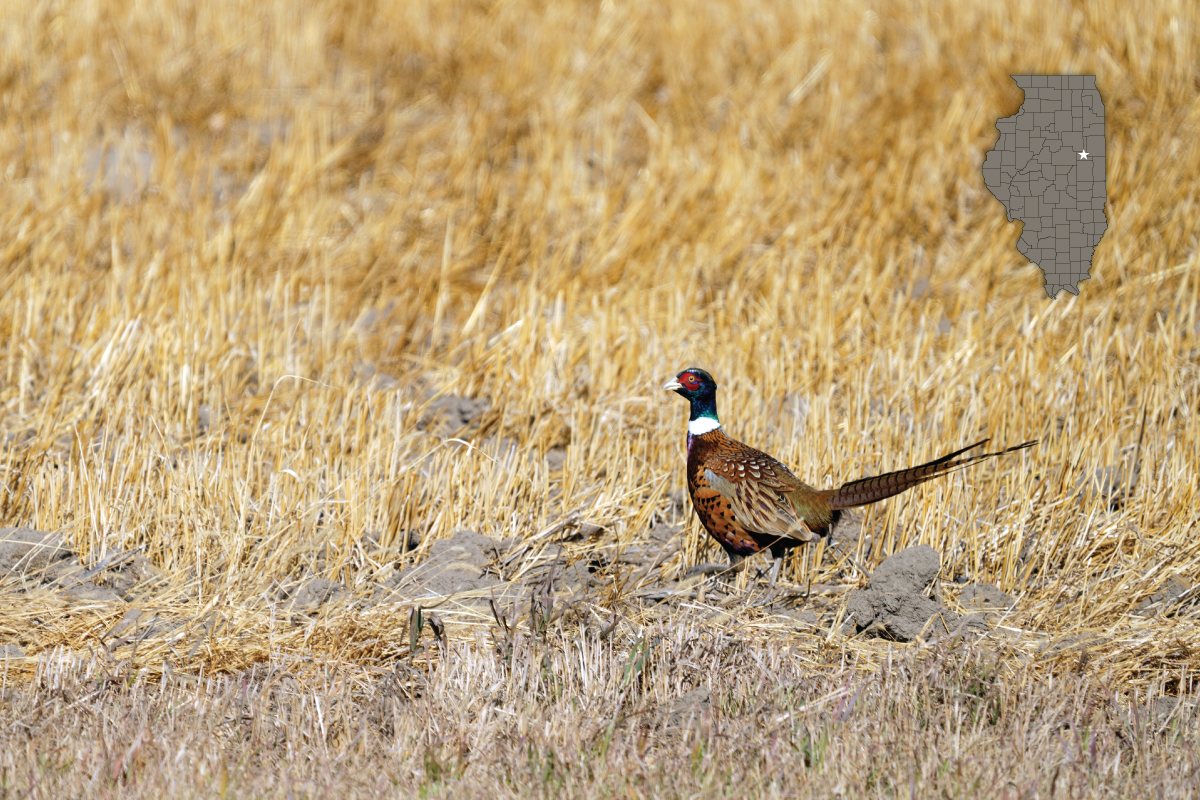
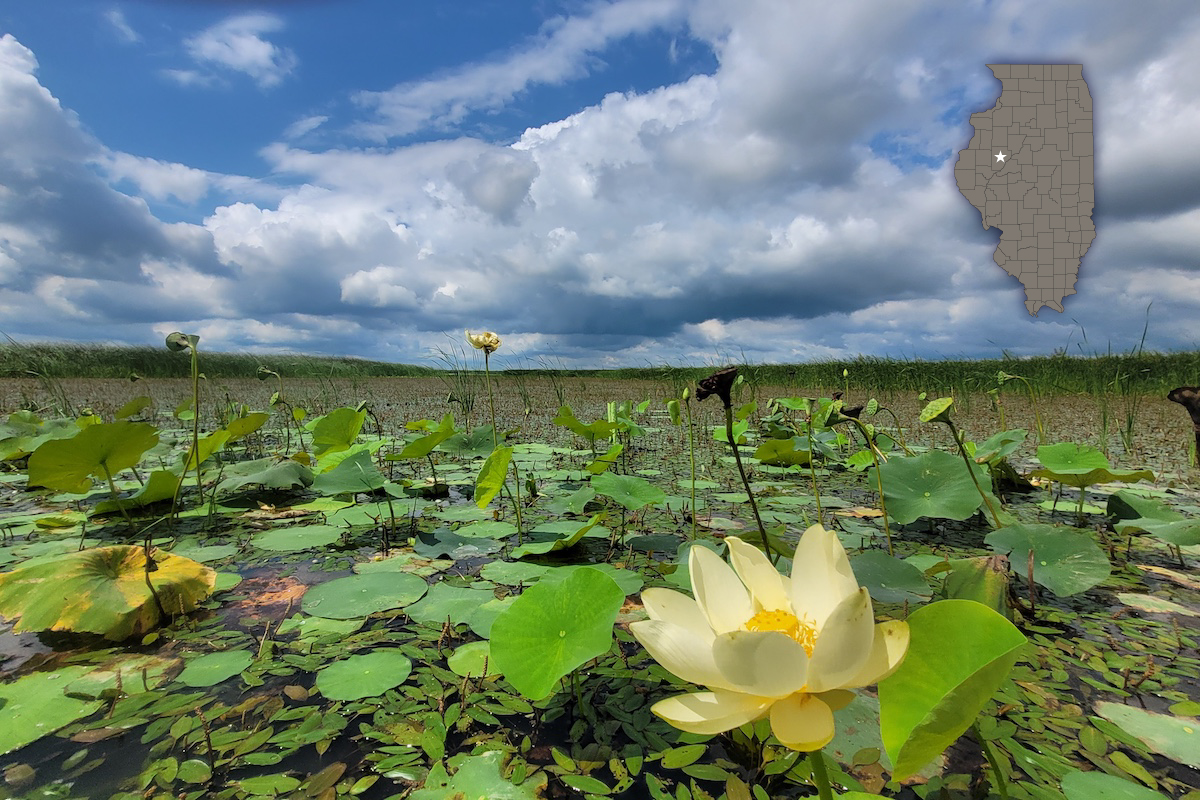
Submit a question for the author